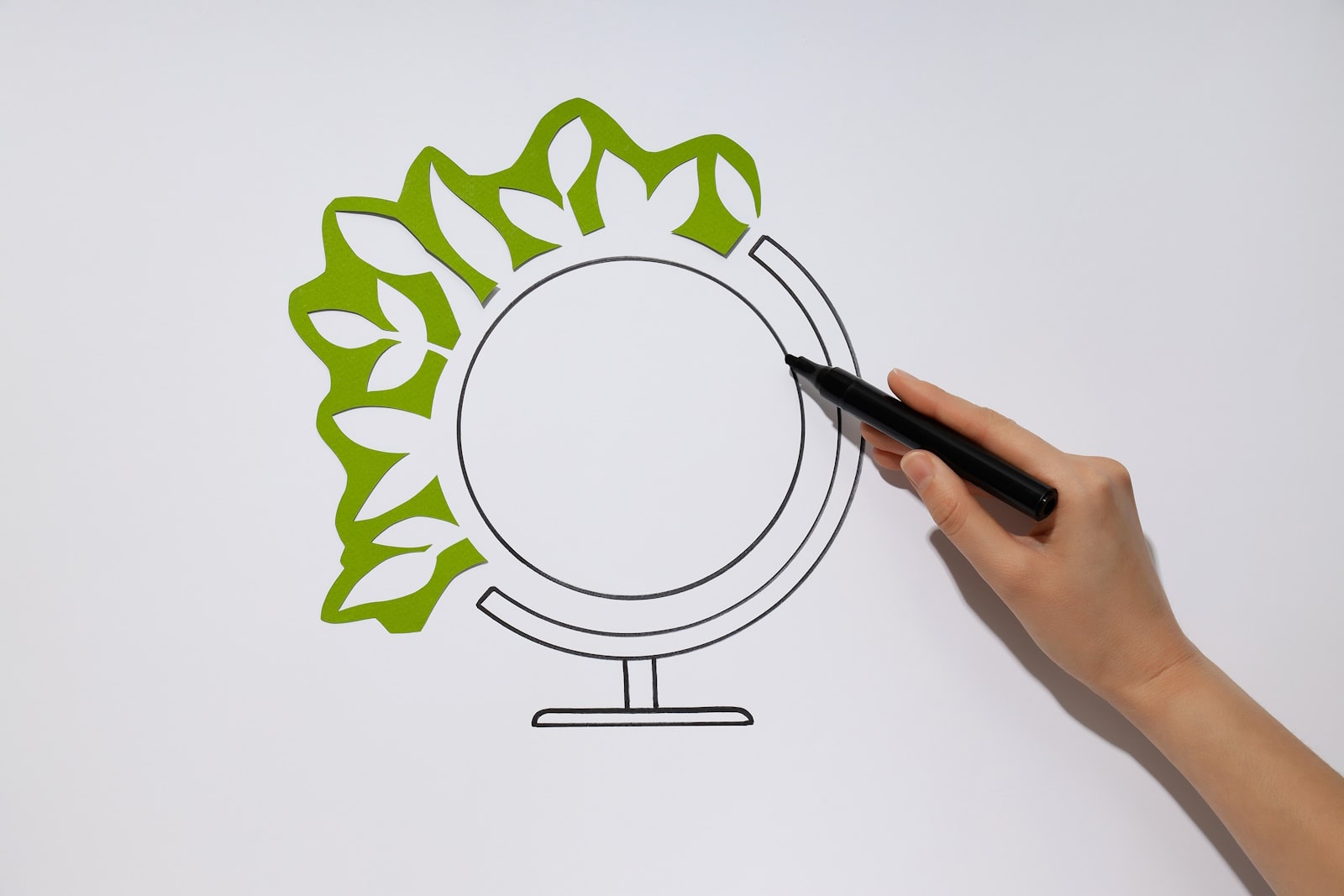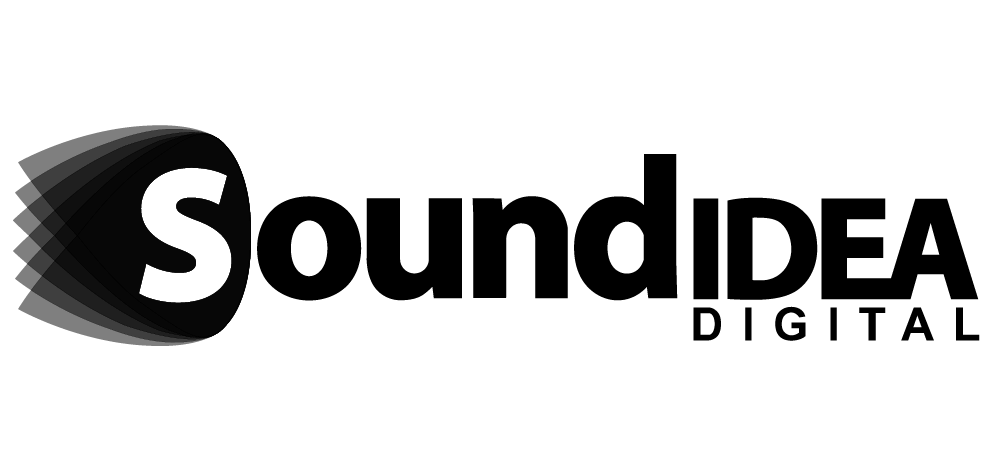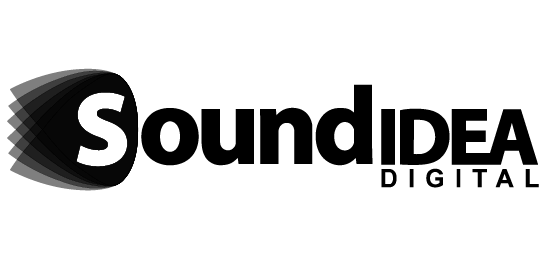
The Psychology Behind Whiteboard Animation’s Engagement
Whiteboard animation has become a staple in modern communication for education, marketing, and training. The secret to its success lies in deep-rooted psychological principles that explain why viewers remain hooked, remember information better, and feel emotionally connected to the content. Whiteboard animators leverage these scientific insights to transform messages into stories that stick, helping brands and educators alike to achieve meaningful learning and audience impact.
From activating the brain’s narrative processing to reducing cognitive load, whiteboard animators understand that effective visual storytelling goes beyond aesthetics. This article unpacks the psychological mechanisms that make whiteboard animation so engaging, and why organisations seeking results should consider partnering with experienced whiteboard animators to achieve greater educational and marketing returns.
Sequential Drawing Fuels the Narrative Brain
Sequential drawing in whiteboard animation mirrors the structure of storytelling, which is naturally how the human brain processes and organises information. Rather than presenting static images, whiteboard animators reveal each concept step-by-step, creating a flow that maintains attention and builds a mental map of the topic being explained. This process activates narrative networks in the brain, allowing viewers to engage deeply, visualise each idea as it unfolds, and follow the logical structure intuitively.
For businesses and educators, this sequential storytelling approach is invaluable. Whiteboard animators transform complex or abstract information into memorable, relatable visuals anchored in a storyline, no matter how subtle. This method enhances comprehension and motivates viewers to continue watching to see how the “story” concludes, which is critical for educational, explainer, and sales content aiming to create lasting understanding.
The “Hand Drawing” Effect Creates Anticipation
Whiteboard animators know that curiosity is a powerful tool for engagement. The visible hand drawing effect generates a curiosity loop by gradually revealing each visual element, sparking questions in the viewer’s mind about what comes next. This creates an anticipatory drive to keep watching until the entire concept is completed, activating dopamine reward systems and enhancing focus throughout the video.
The curiosity loop not only keeps viewers engaged but also improves learning outcomes. By encouraging active anticipation, whiteboard animators foster an environment where audiences pay closer attention, process content more deeply, and derive greater satisfaction upon seeing the final illustration come together cohesively with the narration.
Merging Words and Visuals for Deeper Learning
Dual Coding Theory suggests that information processed through both verbal and visual channels is more likely to be encoded in long-term memory. Whiteboard animators employ this principle by synchronising spoken narration with complementary visuals, allowing viewers to process the same information in two different modalities simultaneously. This cognitive reinforcement leads to improved retention, comprehension, and recall.
For instructional designers and marketers, this is crucial. Whiteboard animators combine engaging voiceovers with simple, purposeful drawings, making complex ideas accessible and memorable. Whether illustrating product processes or academic theories, this dual input increases the chance that viewers will retain and apply the content later, making it a powerful tool for impactful communication.
Simplified Graphics Aid Understanding
Cognitive Load Theory emphasises the importance of reducing unnecessary information to maximise learning. Whiteboard animators excel at simplifying visuals, presenting only essential components needed to understand a concept. This avoids overwhelming viewers’ working memory, enabling them to absorb key messages without distraction.
Minimalistic graphics paired with clear narration make whiteboard animation especially effective for topics that are data-heavy or technically dense. Whiteboard animators distil these into simplified illustrations that retain critical details while shedding clutter, ultimately fostering clarity and confidence in learners or clients trying to grasp complex ideas efficiently.
Drawing by Hand Fosters Connection and Immersion
The presence of a hand drawing on screen activates mirror neurons in the brain, which are responsible for observing and imitating actions. When viewers watch whiteboard animators draw, they subconsciously mirror that creative process, fostering a sense of participation, immersion, and connection to the learning experience.
This activation enhances engagement by creating a sense of co-creation, even though viewers are only observing. Whiteboard animators intentionally include hand drawing sequences to trigger this neural connection, helping audiences feel part of the unfolding journey, which in turn increases trust, attention, and emotional investment in the content.
Trust, Comfort and Relatability Through Playful Illustrations
Whiteboard animators use casual, approachable illustration styles that evoke warmth and relatability. This emotional connection builds trust between the content creator and the viewer, enhancing receptivity and motivation to engage with the message. Playful visuals reduce perceived intimidation, making even technical or formal topics feel more accessible and human.
By fostering emotional engagement, whiteboard animators create an environment conducive to learning and persuasion. Audiences associate the information with positive feelings of comfort and trust, which aids memory encoding and influences their willingness to act on the message shared, whether it’s applying a skill or making a purchase decision.
Synchronised Narration and Drawing Boost Recall
Temporal contiguity, a principle of multimedia learning, refers to the benefit of synchronising visual and verbal information for better comprehension. Whiteboard animators time illustrations precisely with narration, ensuring that each concept is explained and drawn concurrently. This alignment prevents split attention, allowing viewers to build integrated mental models of the information.
This technique not only aids immediate understanding but also improves long-term recall. By experiencing words and visuals together, viewers can better reconstruct the knowledge later. For organisations investing in educational or promotional content, working with whiteboard animators who apply temporal contiguity strategically leads to higher knowledge transfer and content effectiveness.
Genuine Creation Is More Engaging
Whiteboard animation often involves visible drawing strokes and motion, conveying effort and authenticity in a way that polished motion graphics do not. Viewers perceive whiteboard animators’ work as hand-crafted and human, enhancing credibility and trust in the content presented. This perception of authenticity is particularly beneficial in education, consulting, and B2B communication, where credibility is critical.
Furthermore, this sense of genuine effort increases emotional connection. People naturally respond to content they believe was created with care. Whiteboard animators thus position brands and educators as authentic and approachable, supporting both engagement and reputation goals.
Constant Visual Change Maintains Focus
A key strength of whiteboard animators is their use of constant micro-changes in visuals. Each new line or element resets the viewer’s attention, preventing cognitive habituation and boredom, particularly during long educational or explainer videos. This technique maintains a high level of focus throughout, maximising learning outcomes and message retention.
For educators and marketers, this attention-resetting property ensures that their audience stays engaged from beginning to end, increasing the likelihood of information absorption, behaviour change, or conversion depending on the video’s purpose. Whiteboard animators thus provide a unique blend of artistic design and psychological strategy to maintain viewer focus effectively.
At Sound Idea Digital, our team of skilled whiteboard animators crafts animations rooted in psychological principles to optimise attention, comprehension, and engagement. If you want to bring your content to life in a way that’s scientifically backed and creatively compelling, contact us today. Let us transform your ideas into powerful visual stories that deliver results.



